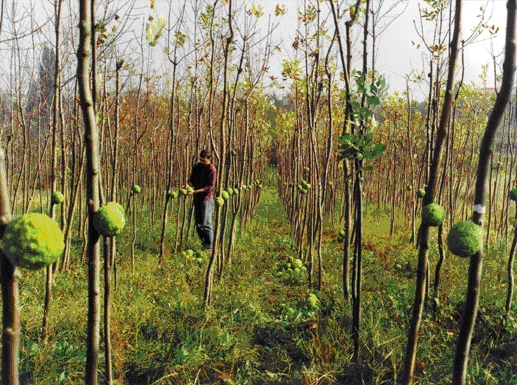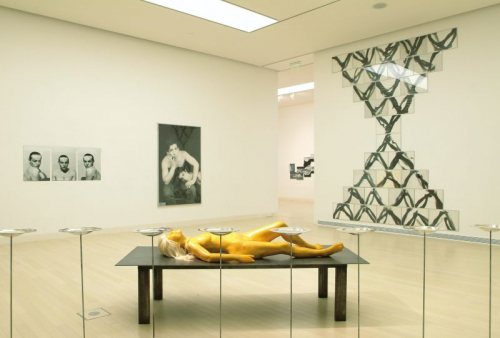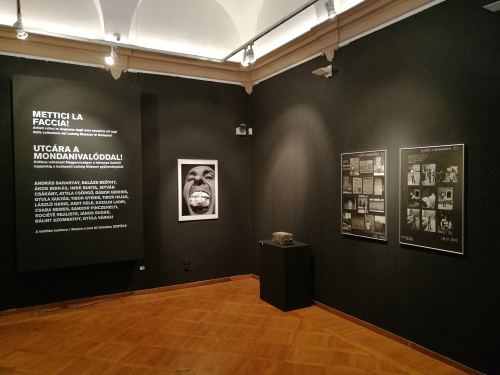Tibor Gyenis’ photographs usually record actions that feature himself as main character: the “hobby artist” doing his work against all odds. His art is unaffected by the outside influence of trends and expectations, but at least it is “independent and free” this way. The new generation of artists in the 1990s was not hoping for exactly this kind of freedom, much rather for the appearance of a Western-type system of galleries, built on private collectors and private capital, offering predictable livelihood and a chance to become part of the international mainstream. This hope has barely materialized, if at all, leaving these artists with no choice but to rely on provisional solutions and activities, such as teaching, applied arts, or work outside the sphere of art. Most of society still treats art as if it were a sort of hobby: a useless activity, bourgeois pastime, a form of entertainment. “Carries water into the sea” – goes the Hungarian proverb that describes work of no use, and one of Gyenis’ photographs visualizes this very proverb. As part of his Details from the Ten Superfluous Gestures series, Gyenis pours water that he dyed blue into the sea, he attaches foreign, unfitting fruits (tumors?) onto trees, he is toiling to make rusted railways shiny again in the middle of the forest – the point, if there is one, of this striking and endless work being the actual physical activity, the “struggle itself”, which all Hungarian schoolchildren know all too well from Imre Madách’s drama, The Tragedy of Man. K.Sz.


